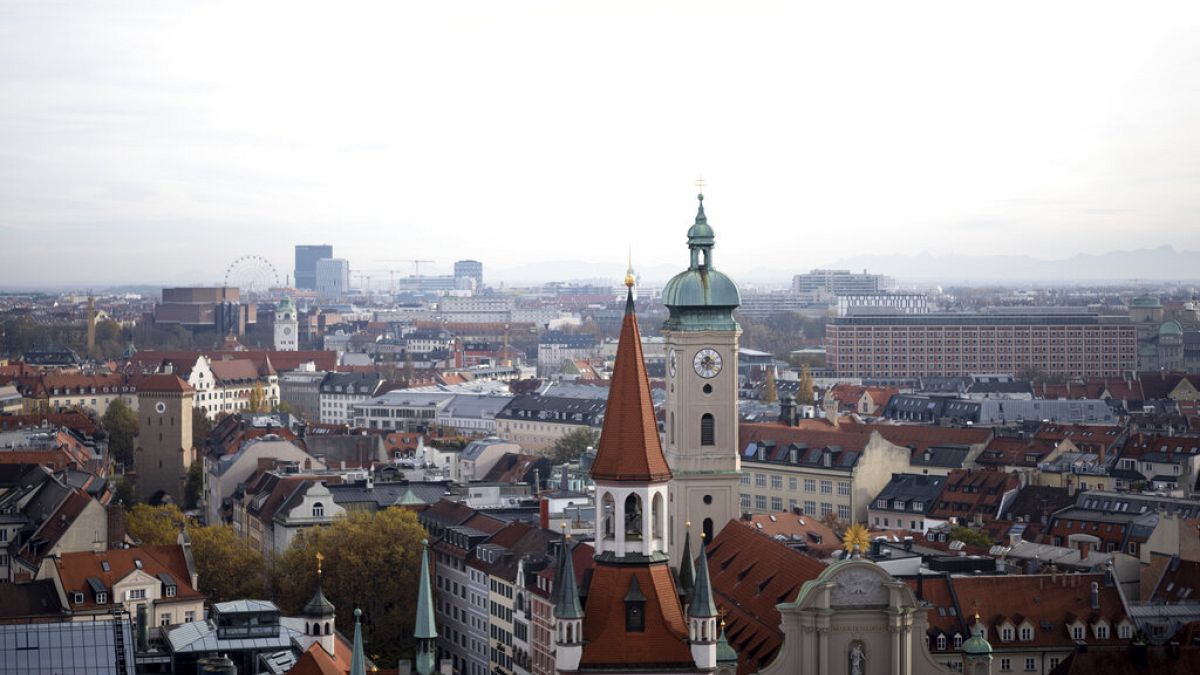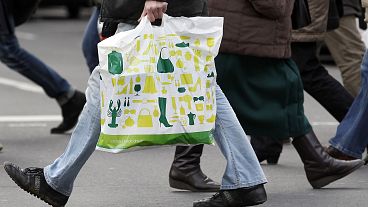Some of the most distressed sectors also continued to be retail, healthcare and property, especially burdened by the high cost of borrowing.
The Q2 2024 Weil European Distress Index (WEDI) report by global law giant Weil Gotshal & Manges has been released, highlighting a slight fall in European corporate distress levels compared with the first quarter of the year. However, they were still higher than the same period last year.
"Corporate distress can be defined as uncertainty about the fundamental value of financial assets, volatility and increase in perceived risk. It also refers to the disruption of the normal functioning of company financial performance, including their ability to fulfill their debt requirements," the report says.
Businesses adapting to worldwide events
The index analyses more than 3,750 corporations and financial market indicators to study corporate distress levels. It takes into account key corporate metrics such as liquidity, risk, valuation, investment and profitability to build the index.
The latest report showed corporate distress levels fell compared with the previous quarter in the UK and France. However, they increased in Germany, as well as rose slightly in Spain and Italy as well.
Andrew Wilkinson, senior restructuring partner and co-head of Weil's London Restructuring practice told Euronews: "So what we've been seeing recently is that about two years ago, the index started to pick up significantly and that reflected the energy issues, oil and gas price spikes and the war in Ukraine.
"Rising interest rates and a confluence of factors produced quite a sharp uptake in the index. So a material and serious increase in corporate distress that started rising quite sharply in 2021, going into 2022.
"Now I think it's beginning to come down this quarter. So that's good news. We think that, across Europe, corporate distress is beginning to moderate. That obviously reflects people thinking that the interest rate cycle has peaked and interest rates will now soften, that inflation has tailed off significantly. We've still got the war in Ukraine, we've still got relatively high energy prices, but they've kind of stabilised and people are coping."
Euro Area economic growth also increased by 0.3% in Q1 2024, which was above expectations, and could potentially signal the end of a mild recession. Furthermore, this year, Euro Area gross domestic product (GDP) is likely to increase 0.8%, according to the European Commission.
Inflation also continues to come down, with the European Commission expecting inflation to fall to 2.5% in 2024 and 2.1% in 2025.
Neil Devaney, partner and co-head of Weil's London Restructuring practice said, in a press release: "The latest data points to a cautiously optimistic economic recovery across Europe, yet significant challenges remain. Post-election certainty in the UK, for instance, may restore some confidence for firms who held back from major business decisions pending a definitive outcome.
"On the other hand, we have seen other elections spooking the markets, as has been the case in France. Regardless, for new governments, it will be crucial to work closely with businesses to ensure that distress levels remain stable. Maintaining a co-operative relationship with the business community will be essential to proving economic viability and sustaining confidence in the market."
Which sectors are the most distressed?
Wilkinson highlights that larger companies have been able to deal with corporate distress much better than smaller companies, due to the cost of borrowing being one of the key drivers of distress at the moment.
As such, larger companies have alternative sources of finance, having a wider pool of investors, which in turn, makes it easier to raise capital. Furthermore, they are better at negotiating terms of borrowing, whereas smaller companies are typically more leveraged, thus being more impacted by the cost of borrowing.
Real estate continues to remain the most distressed sector, mainly due to property values falling as prices recalibrated in the last couple of years, adjusting to higher interest rates. However, the outlook is still more optimistic than last year.
Wilkinson says, “We’ve had healthcare as the second most distressed sector in Europe. And that’s really in input costs. It’s been lack of flexibility in the workforce, more staff shortages, costs of drugs and so on. And then it’s inflation and it’s difficult, I think, to pass those increased costs on quickly.
Companies and buyers of medical services are keeping costs as tightly under control as they possibly can. So the burden falls on the healthcare providers. And then of course, national health services are really clamping down on cost. So healthcare has been a pretty tough sector. I think it’s beginning to get a bit better.”
Retail was the third most distressed European sector this quarter, mainly due to consumer spending still being cautious as the effects of increased inflation and cost of living continue to make themselves felt.
Furthermore, supply chain disruptions in the Middle East have also led to prices rising sharply for several goods such as food items, clothing, footwear and more, discouraging consumers further.
However, there may still be a silver lining. Wilkinson points out, “But at the other end of the spectrum, things like energy, oil and gas, telecoms, banks are much less distressed than average. Europe’s banks are in so much better shape than they were over the last 10 to 15 years.
“And that’s a good thing, because I think that tells us that banks can support borrowers through restructuring. If it’s a real estate borrower, they can give time. Banks have got big cushions of capital so they’re in a good place to support other sectors.”
Which countries are the most distressed?
Wilkinson says, "People are very interested in what was the most distressed country in Europe and it was Germany, but the UK was right behind Germany and I must admit, I thought that the UK would overtake Germany. That's not happened.
"The UK's tailing down and is showing less signs of distress than it was a year ago, So for the UK that's clearly good news."
Coming to why Germany is still facing particularly high levels of distress, Wilkinson pointed out: "The energy crisis, I think, hit Germany particularly hard because the engine of Germany's economy is its industrial, manufacturing and export industry. And that's been hit pretty hard in a way that the UK, with its much more services-based industry has not been.
"And then France, Spain and Italy, they have somewhat elevated signs of distress, but largely less than 12 months ago. France is up a tiny bit and that may chance, but at the moment they are materially less distressed by comparison to the UK and Germany. So it's Germany now versus the rest."
Coming to other key countries such as Italy, Wilkinson explains: "Italy has shown somewhat elevated signs of distress, but compared to Germany, it's not really significant. I think what Italy is benefiting from is its corporates and consumers have historically been less indebted. The households are less indebted, there's less debt for 20 and 30 year olds.
"So I think the consumer retail sectors are actually in better shape in Italy than elsewhere in Europe."
The Italian government has heavily subsidised the energy sector, and protected consumers from the worst of the price increases.















